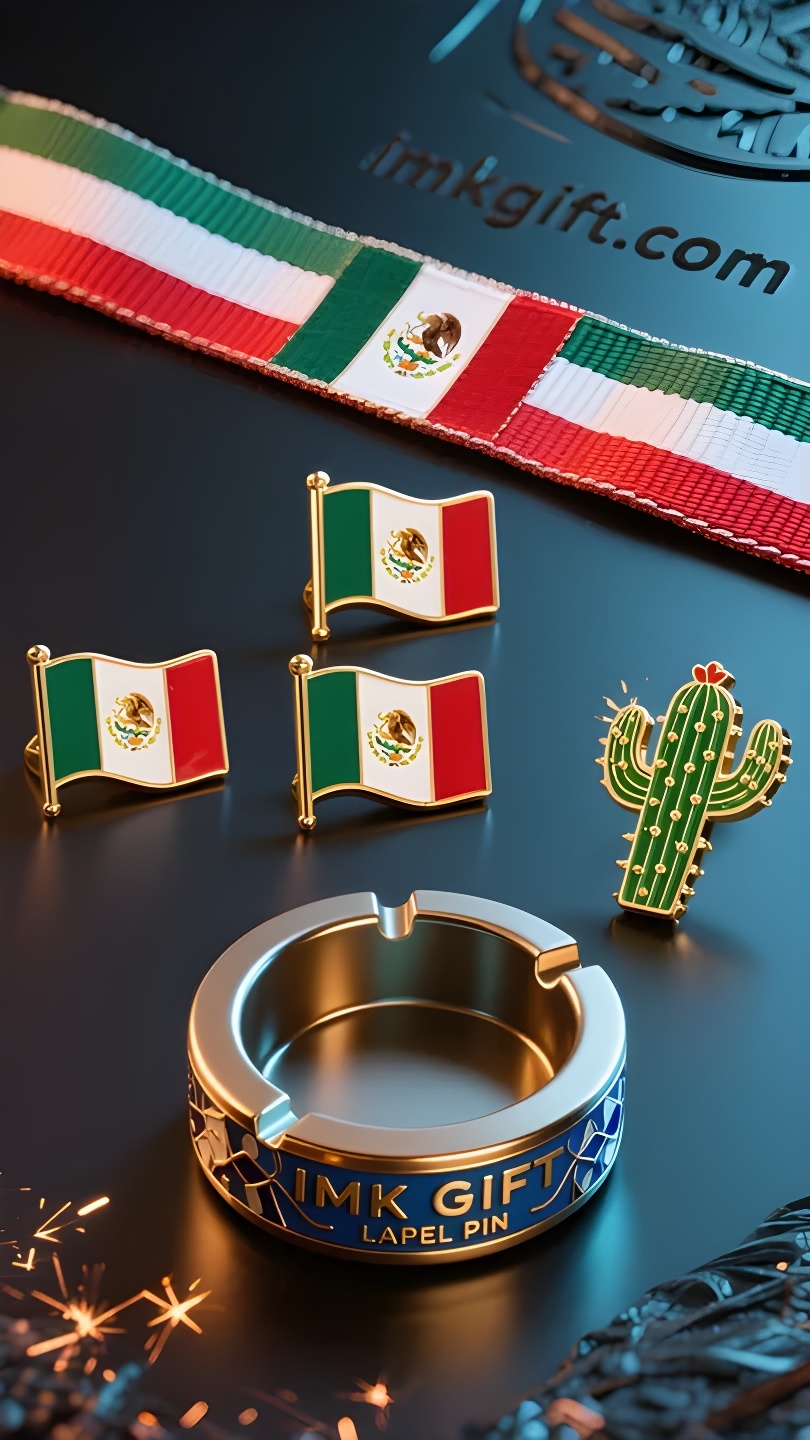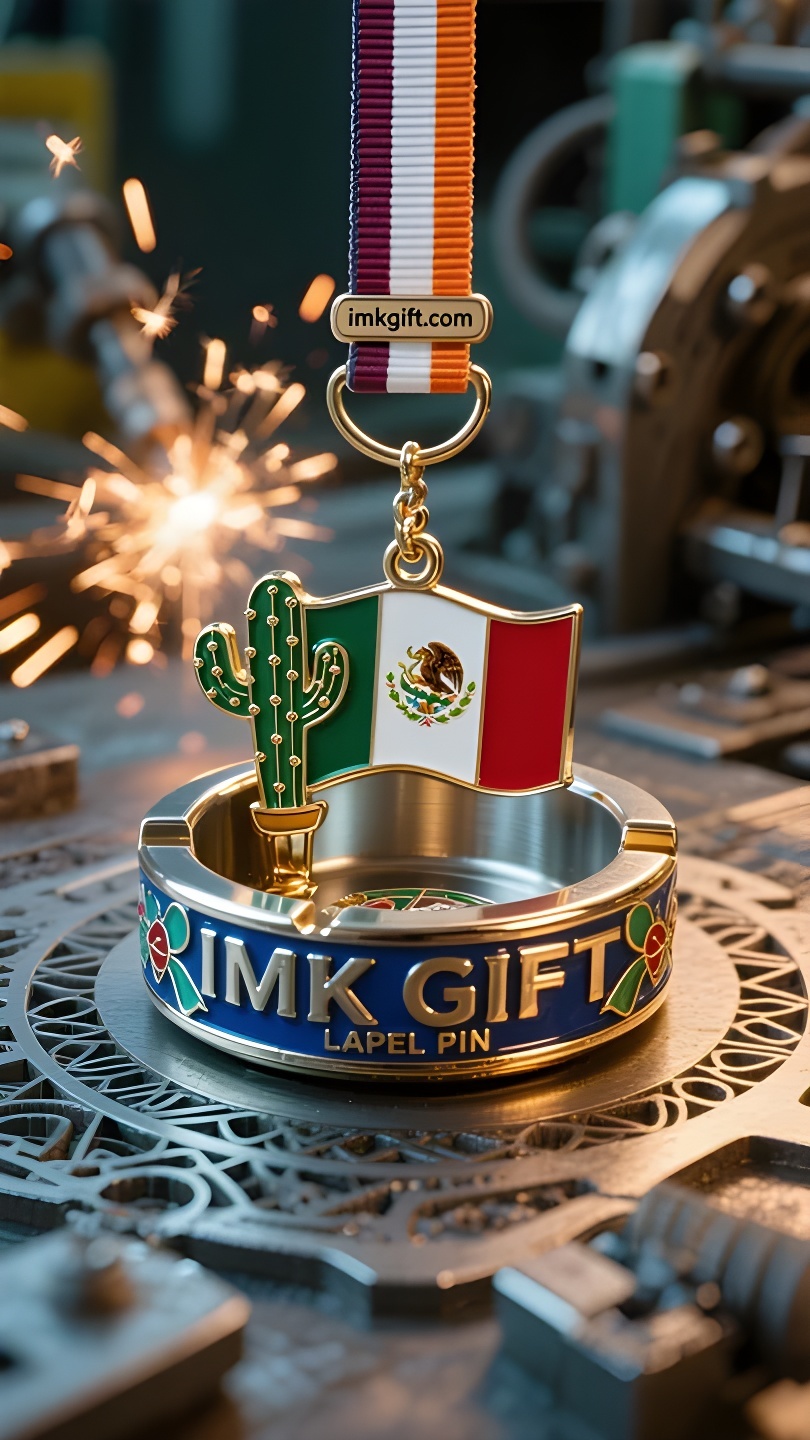in994-Cactus-y-Cenizas-Reavivando-la-Luz-de-la-Vida-Bajo-la-Bandera-Mexicana
▼
En septiembre, México celebró su Día de la Independencia, con la bandera nacional verde, blanca y roja ondeando en las calles. El cactus y el águila, tótem en el centro de la bandera nacional, narran la antigua profecía de los aztecas de fundar Tenochtitlán. El cactus no solo es un milagro de supervivencia en el desierto, sino también un símbolo concreto del espíritu nacional. Hoy, los artesanos mexicanos han incorporado esta tenacidad en una obra de arte única: el cenicero de cactus. Los ceniceros tradicionales suelen considerarse un símbolo de decadencia, pero los mexicanos han remodelado su núcleo con la forma de los cactus. Cada patrón quemado imita las hondonadas del cactus, y esas depresiones llenas de cenizas son como cauces secos en el desierto. Sin embargo, el cactus siempre puede acumular néctar en los lugares más áridos, al igual que el cenicero transporta las brasas después de quemarse, transformando el humo disipado en tierra para el nacimiento de una nueva vida. Cuando la colilla se apaga en el recipiente con forma de cactus, es como si las frustraciones de la vida se absorbieran como nutrientes. El cactus de la bandera nacional está enraizado en el acantilado y aún florece con orgullo. Las cenizas del cenicero son los depósitos del deseo ardiente de ayer. Los mexicanos usan estas dos imágenes aparentemente contradictorias para decirnos que la verdadera valentía no consiste en negarse a caer, sino en saber sembrar las semillas del renacimiento en el lugar de la caída. El pasado, que el mundo define como “residuo”, eventualmente avivará la tenaz vitalidad del cactus.
In September, Mexico celebrated its Independence Day, with the green, white and red national flag fluttering in the streets. The cactus and eagle totem in the center of the national flag tell the ancient prophecy of the Aztecs to establish Tenochtitlan – the cactus is not only a miracle of survival in the desert, but also a concrete symbol of the national spirit. Today, Mexican craftsmen have incorporated this tenacity into a unique work of art: the cactus ashtray. Traditional ashtrays are often seen as a symbol of decadence, but Mexicans have reshaped their core with the shape of cacti. Each burnt pattern imitates the gullies of the cactus, and those depressions filled with ashes are like dry riverbeds in the desert. However, the cactus can always accumulate nectar in the most barren places, just as the ashtray carries the embers after burning, transforming the dissipated smoke into soil for the birth of new life. When the cigarette butt is extinguished in the cactus-shaped container, it is just like the frustrations in life are taken in as nutrients. The cactus on the national flag is rooted in the cliff and still blooms proudly. The ashes in the ashtray are the deposits of yesterday’s burning desire. Mexicans use these two seemingly contradictory images to tell us that true courage is not to refuse to fall, but to know how to sow the seeds of rebirth at the place of falling. The past that is defined as “residue” by the world will eventually grow new fire in the tenacious vitality of the cactus.
九月的墨西哥迎来独立日的欢庆,街巷间绿白红三色国旗迎风飘扬。国旗中央的仙人掌与雄鹰图腾,诉说着阿兹特克人建立特诺奇蒂特兰的古老预言——仙人掌不仅是沙漠中的生存奇迹,更是民族精神的具象符号。而今日,墨西哥工匠将这份坚韧融入一件独特的艺术品:仙人掌烟灰缸。
传统烟灰缸常被视作颓废的象征,但墨西哥人用仙人掌形态重塑其内核。每一道烧铸的纹路都模仿着仙人掌的沟壑,那些被灰烬填满的凹陷,恰似荒漠中干涸的河床。然而仙人掌总能在最贫瘠处积蓄甘露,正如烟灰缸承载着燃烧后的余烬,将消散的烟雾转化为孕育新生的土壤。当烟蒂在仙人掌造型的容器里熄灭,恰如生命中的挫折被收容成养分。
国旗上的仙人掌扎根悬崖仍傲然绽放,烟灰缸里的灰烬沉淀着昨日燃烧的热望。墨西哥人用这两件看似矛盾的意象告诉我们:真正的勇气不是拒绝坠落,而是懂得在坠落处播撒重生的种子。那些被世俗定义为”残渣”的过往,终将在仙人掌般强韧的生命力中,生长出新的火种。
▼
Contact Us
📞 Tel: +0086-760-85286839
📧 Email: sales3@imkgift.com








